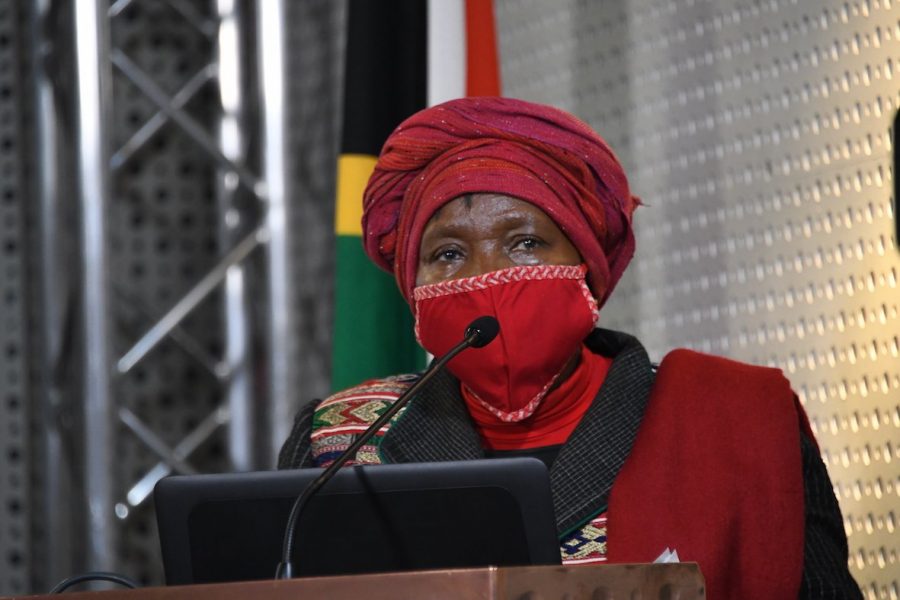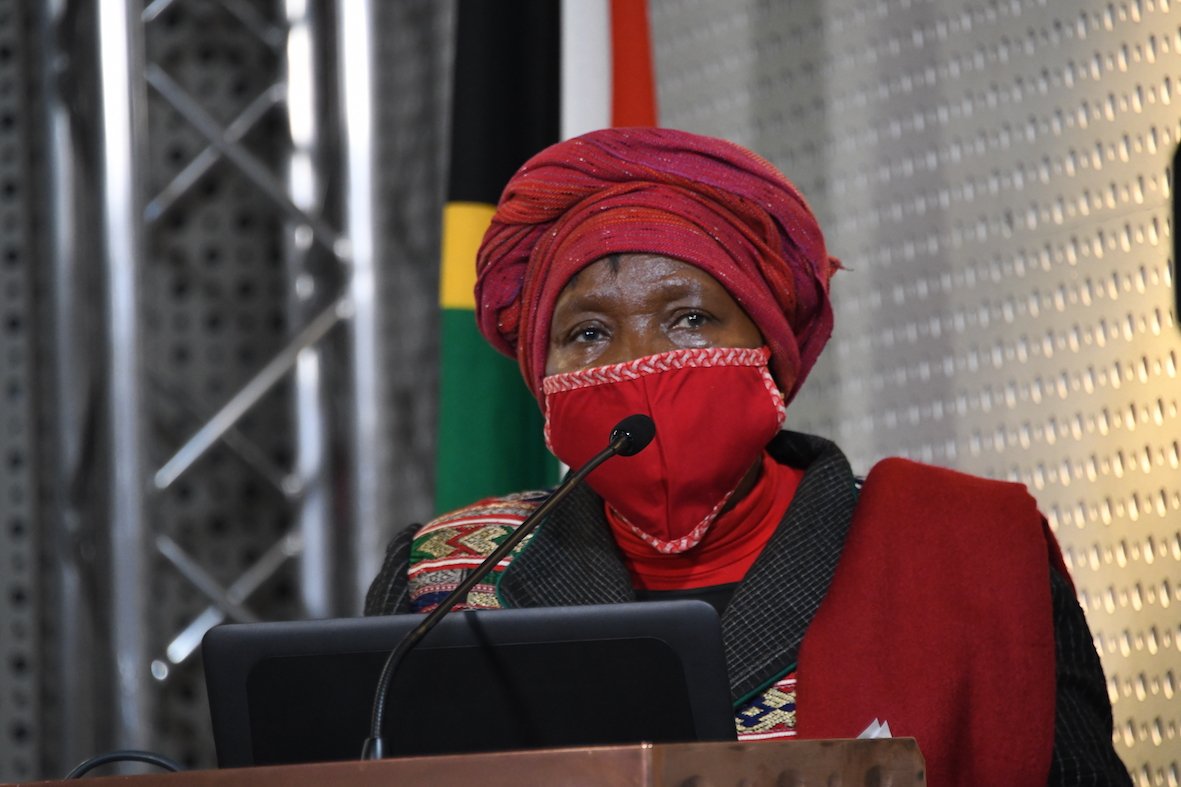
1.5 Million Workers Set To Return To Work in South Africa
About 1.5 million more South Africans will from 1 May return to work as government begins to lift a fraction of COVID-19 lockdown regulations. This comes as government gradually eases the economy back into activity as announced this week by President Cyril Ramaphosa. The regulations were introduced last month as government sought to counter the […]

About 1.5 million more South Africans will from 1 May return to work as government begins to lift a fraction of COVID-19 lockdown regulations.

This comes as government gradually eases the economy back into activity as announced this week by President Cyril Ramaphosa. The regulations were introduced last month as government sought to counter the spread in the country. About 3 400 South Africans have contracted the virus while about 70 have died.
Trade, Industry and Commission Minister Ebrahim Patel presented the details contained in the Risk Adjusted Strategy, which is out for public comment and consultation.
During the briefing, the Minister detailed the classification of industries as part of the risk adjusted strategy on re-opening the economy.

When the lockdown came into effect on 27 March, several sectors and industries were deemed essential and continued to function. These included all energy, water and sanitation, telecommunication infrastructure, health sector, food production, healthcare and hygiene products. All critical public sectors were also classified as such. Most financial sectors and mining, construction, communication, media, call centres and parts of the public sector have also been working during lockdown.
Level 4 lockdown regulations
Level 4 will see all agriculture, hunting, forestry, fishing and related services, including the export of agricultural products, permitted to operate.
Automotive manufacturing, including components, will be scaling up in phases to 50% employment. Stationery production will be scaling up in phases to 50% employment. Cement, other construction material, and hardware, will from next month also scale up in phases of up to 50% employment. All other manufacturing will scale up to 20% employment.
In construction and related services, road and bridge projects, other public works civil engineering projects; and critical maintenance and repairs will commence.
From next month, restaurants will be able to sell hot cooked food for home delivery. Sit down or pick-up are still not permitted.
While the ban on the sale of alcohol will remain in level 4, stationery and educational books as well as tobacco product sales will commence. Personal ICT equipment, including computers, mobile telephones and other home office equipment, will be permitted in the relaxed regulations.
The updated regulations will also lift a ban on ICT services for all private and business customers.
Regarding transport, public rail, minibus taxi and bus services will resume at levels and on terms as will be set out in directions, based on the progressive increase in commuter numbers during the various phases.
The mining sector will see open-cast mining scaled up to full employment. All other mining starting in batches, will scale up towards 50% employment.
Patel said recycling of glass, paper and metal, including by informal recyclers, will be permitted at 50% capacity.
Fitness enthusiasts will breathe a sigh of relief as they will from Friday be able exercise under certain restrictions yet to be announced. These include no training in groups and a ban remaining on recreational facilities and gyms.
Patel reiterated that all COVID-19 health and safety protocols will still have to be followed at all times. This, he said, includes the observance of guidelines for social distancing, sanitation and hygiene, and use of appropriate personal protective equipment, like cloth face masks, as determined by the National Department of Health.
During level 4, people will be permitted to travel to perform and acquire services only where such services cannot be provided from the safety of one’s home.
New alert system
In determining which sectors to open, Patel said government considered a new alert system to measure the degree of risk and an industrial classification system to indicate the economic activities that will commence either completely on in part.
Said Patel: “The purpose of the new approach is to calibrate the level of openness with the level of risk. If we have high risk, there are fewer economic activities and social movement. If we have lower risk, the economy is able to expand and more movement becomes possible. It allows us to restart or increase as many economic activities as possible given the level of risk.”
He said the state had considered the expected impact on the sector for a continued full-on lockdown, how it affects the vulnerability of the sector and economic impact.
“Third factor was contribution and economic linkage of every sector on the economy. GDP, number of jobs, multiplier effect on the broader economy, export earnings, supply chain linkages, industrial policy goals. The promotion of community wellbeing was the fourth factor,” he said.
These factors, he said, have been applied to each of the different sectors.
“We took some numbers, quantitative measures and judgemental calls, which are qualitative factors in this assessment. It’s been a difficult and complex process and hard balancing act,” said the Minister.
“Every industry, every workplace, every worker, wants to return to work. We all want to get South Africa working fully. But we need to strike a careful balance between getting to work as rapidly as possible and containing the spread of the virus as saving lives.”
He emphasised the risk of spreads needed to be lowered as this will see the lockdown further eased, allowing the economy to gradually return to full operation.
The return to work of increasing number of sectors will bring greater levels of testing. Larger companies will be able to test workers, giving government comprehensive indication of the state of the virus in the country.
“In this particular area, we are confident that the risk levels are low and we can move that area to a lower level of risk and more activity can open,” he said.
The Minister said the phased approach will also be used to prepare firms to have workplaces ready for a period of the virus. Researchers have advised that government needs to prepare themselves as the virus will be active over the next six months.
Focus on level 4 is about starting the core sectors of the economy.
“We must move forward with a degree of caution,” he said. – SAnews.gov.za
